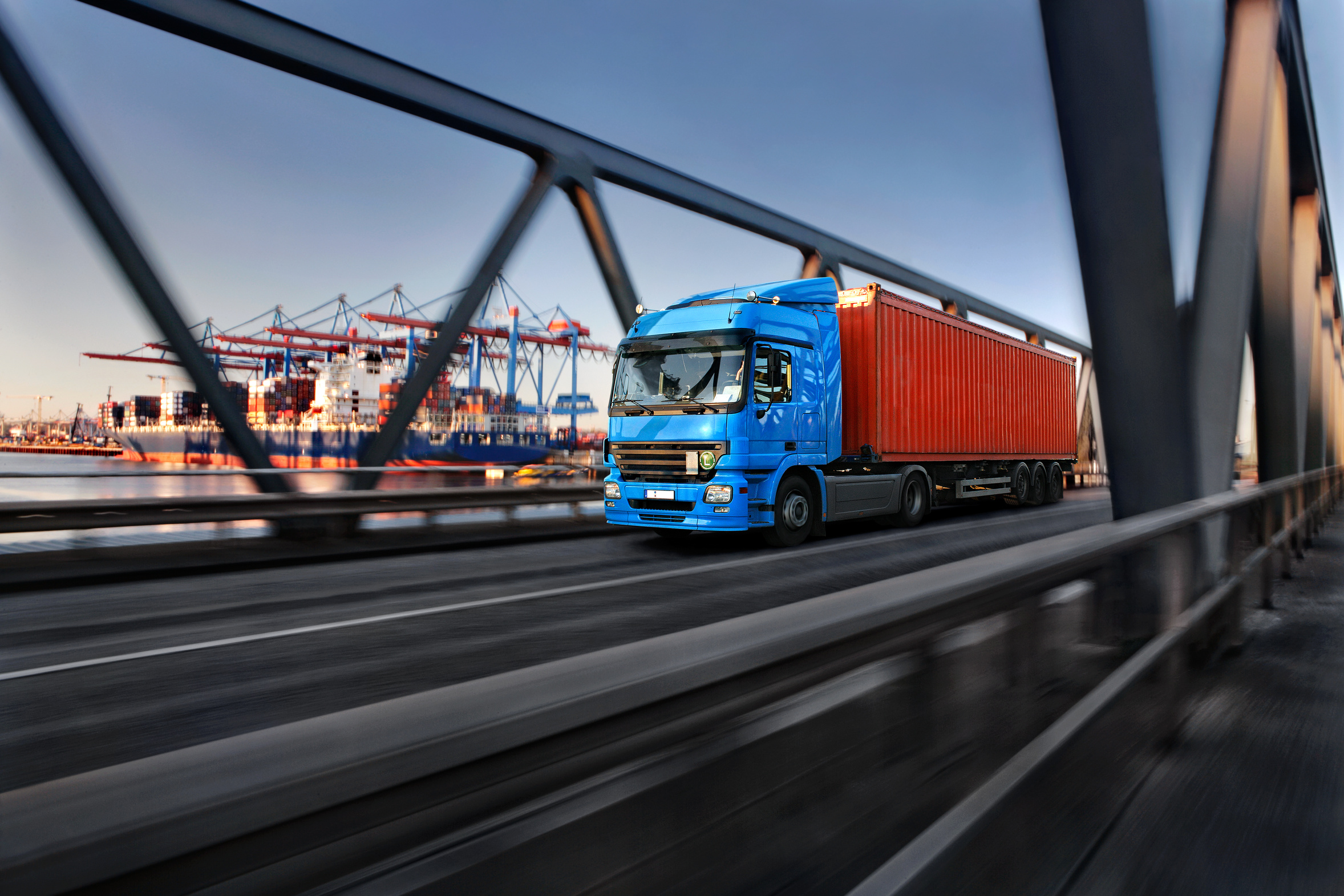Green is the future of logistics

Logistics strategies that prevent unnecessary trips and enable collaboration in global production and shipping processes will play a major role in protecting the world against environmental hazards in the years to come. Manufacturers and retailers increasingly expect this from their logistics service providers to meet the demands of their customers. And whether it’s measuring environmental impact or optimizing transport networks: Many shippers are already demanding that their logistics service providers adopt verifiable climate-friendly strategies to reduce CO2 emissions. They also expect the more efficient use of resources to yield cost savings.
Digital transformation is the changing force on the workflows and business processes in logistics. A data first approach defines the infrastructure for smart supply chains and the collaboration between human beings and machines around the world. And the smartest infrastructures go beyond satisfying customer needs to meet increasingly strict environmental goals – classified as “green logistics”. But making logistics as green as possible and cost-efficient at the same time requires a digitally integrated supply chain within a cloud-based supply chain control tower to consolidate and share transparently across the entire enterprise.
Thinking digitally
There are so many components to a successful logistics business it is a complex problem to optimize for any valuable metric, let alone a relatively new one while still working with siloed understanding of the problem. Finding unnecessary trips and cutting CO2 emissions from a world-wide supply chain requires the easily collected and analyzed data afforded by thinking digitally. But it also improves the profitability of these companies as well – making better use of transport capacity, achieving the right mix of transport modes, improving resource efficiencies, and automating workflows. Linking the entire process with data is the first step towards a more successful and green logistics business.
Getting there requires sensors, lots of them. Sensors will eventually form the docking stations where data can be shared between man and machine or between people and load carriers. In a digitized process, the machine tells the forwarder when the product will be manufactured and ready for pickup. The pallet calls in its location. The container reports how full it is, and the truck lets you know how much cargo space it has left. The communication of these systems with one another as well as the integration of sensors and their data enables the detailed monitoring, control, and optimization of the supply chain and its processes for complete process visibility.
Optimizing existing processes
Centralizing data in a supply chain control tower provides many second-order benefits to business through greater collaboration. Supply chain members turn into partners and the seamless, end-to-end network collaboration enables synergies that lower transport cost, inventory costs, and reduce safety stocks. Environmental targets can be set, tracked, and improved across the whole partner network. Processes can be streamlined or completely automated – an example could be forwarding emissions information as it is available.
But there is also a longer-term benefit in creating a green logistics business – intelligent simulation and modeling to optimize processes without impacting current operations. By integrating the supply chain control tower into a digital twin, the enterprise can conduct analysis and simulations based on real network data validated against the control tower. Many thousands of possible scenarios can run through the simulation models from start to finish using real data points from the business to find reliability weaknesses or points for efficiency improvement. As the virtual clone of the real network and its component processes, the digital twin combines the operational and strategic decision-making levels. This provides the foundation for the development and ongoing optimization of green logistics strategies.
Staying on track indefinitely
Collecting data from across the business and optimizing processes in use today are great boons for building a green logistics enterprise, but they also build a foundation for continued success and innovation. Features like supply chain event management let businesses recognize early on whether a shipment is expected to deviate from normal flow. Cloud-based control tower solutions are constantly checking the scheduled shipping process against circumstances on the ground, to respond in time if things start to go astray. This eliminates the need for costly, carbon-intensive special transports.
Telematics systems provide another key source of data used in transport management to locate individual trucks, monitor traffic flows, and recommend the best routes. The information gained from this ensures greater resource efficiency. ETAs are persistently recalculated and traffic jams can be avoided. Real-time visibility and the continuous synchronization of all shipment-related data parameters also takes the sting out of unforeseen events and problems, enabling earlier response to risk factors – (extreme) weather, traffic impediments, strikes, and (trade) policy changes.
A green future with data
Switching to a digital logistics network offers many opportunities for businesses in the space. On top of the visibility and efficiency afforded by centralizing data in a cloud-based supply chain control tower, easier analysis provides a path for much greener operations. Simulation models based on or supported by real-world data enable testing and refinement of complex partner networks without risking current operations, but they can also provide wholly innovative solutions that were otherwise obscured in the complexity of modern logistics networks. Going green is the future of logistics and going digital is the first step towards that future. For more information on how the need for more sustainable logistics processes is changing the industry, check out the whitepaper Digital and Sustainable. You’ll learn about IT solutions for environmentally friendly logistics and how some processes will be impacted on the journey to tomorrow.
Siemens Xcelerator, the comprehensive and integrated portfolio of software and services from Siemens Digital Industries Software, helps companies of all sizes create and leverage a comprehensive digital twin that provides organizations with new insights, opportunities and levels of automation to drive innovation.
For more information on Siemens Digital Industries Software products and services, visit siemens.com/software or follow us on LinkedIn, Twitter, Facebook and Instagram. Siemens Digital Industries Software – Where today meets tomorrow.


